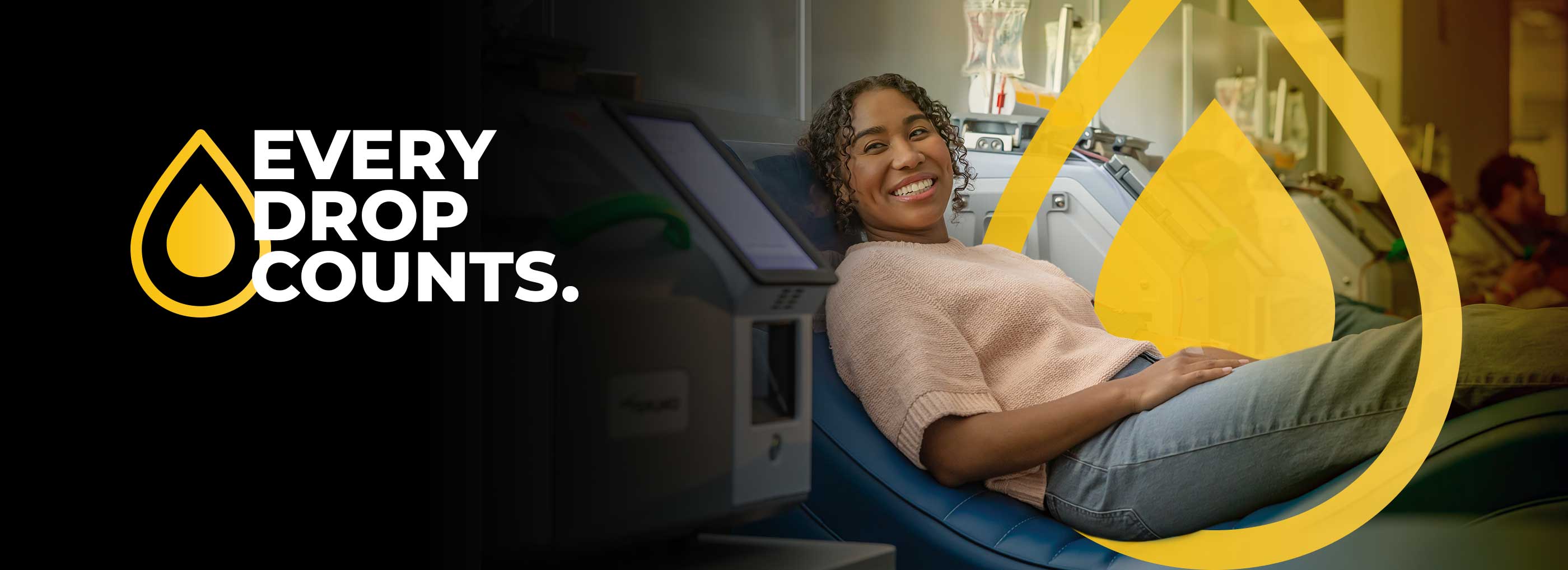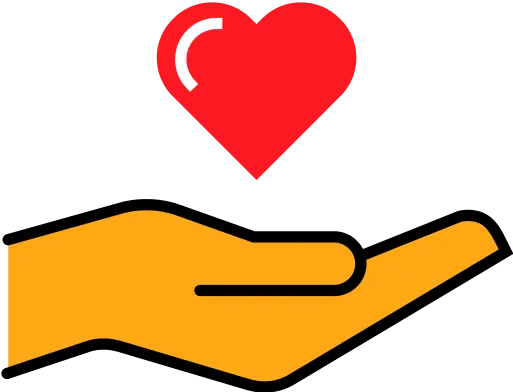

Rare Diseases Need
Extraordinary Medicine

Your plasma donation can help create them and is needed now more than ever.
Watch how plasma makes the amazing happen
We Value You for Your Contribution at CSL Plasma

High Quality Standards

Enhanced Safety and Cleaning Procedures

Rewarding and Rewarding
Meet Some of Our Patients
Did you know?
Plasma is a yellow-gold component of blood that transports nutrients and antibodies throughout your body.
What is Plasma
Why donate plasma? Therapies made from plasma do so much for so many. Plasma derived medicines treat those with immunodeficiencies, neurological disorders, shock, burns, and more. It’s used in operating rooms around the country for transplant patients and surgical patients. Plasma saves lives, and by donating at CSL Plasma, you can help tens of thousands of people across the globe.
Blood is made up of red blood cells, white blood cells and platelets, all of which are suspended in plasma. Plasma is a clear-yellow liquid that suspends blood cells and helps transport antibodies, nutrients and waste through the body. Plasma is the cell free part of blood composed of water, proteins, electrolytes, lipids (fat) and carbohydrates. It makes up the majority of our blood and is approximately 92% water. Some of the proteins like albumin, gamma globulin, and anti-hemophilic factor (a protein that helps blood clot) are important for medical therapies.
Plasma is an important element that performs a variety of functions. The biggest task of plasma is to serve as a transport system for our bodies. It carries proteins, nutrients, hormones, waste products and drugs and other elements throughout our bodies and is also critical to maintaining the fluidity of blood. Not only does plasma help clot blood when there has been a cut, but it also works to fight disease as well as carry electrolytes to our muscles. Plasma even helps our bodies maintain the correct pH balance — avoiding too much or too little acidity — which is important for all of our cells to function. Plasma is also important because cells put their waste into the plasma. The plasma then moves that waste through the body to get rid of it.
Plasma is important to donate because it is a valuable part of treatment for a variety of health problems. The proteins, antibodies, clotting factors, and other nutrients in plasma make it useful in treating those suffering from trauma, shock, burns, and other emergencies. Plasma is used to treat rare and inherited chronic conditions, such as immune deficiencies, autoimmune disorders and hemophilia (the inability of blood to clot), among others. Often the therapies replace important proteins the patient lacks.
Plasma is in our bodies at birth and is replenished from the protein, water and salts we consume through our diets. They are absorbed through our digestive tracts. Fluids, proteins and other substances in the cells in our body can pass into the plasma to be transported to other parts of the body and maintain the essential fluidity and volume of plasma in our blood vessels.
When you donate plasma, it takes your body about 48 hours to replenish the volume you donated. When you rehydrate after you donate, you help speed up the process.
In the healthcare community, plasma is sometimes considered “Liquid Gold” for all of the benefits it provides.
Blood is made up of red blood cells, white blood cells and platelets, all of which are suspended in plasma. Plasma is a clear-yellow liquid that suspends blood cells and helps transport antibodies, nutrients and waste through the body. Plasma is the cell free part of blood composed of water, proteins, electrolytes, lipids (fat) and carbohydrates. It makes up the majority of our blood and is approximately 92% water. Some of the proteins like albumin, gamma globulin, and anti-hemophilic factor (a protein that helps blood clot) are important for medical therapies.
Plasma is an important element that performs a variety of functions. The biggest task of plasma is to serve as a transport system for our bodies. It carries proteins, nutrients, hormones, waste products and drugs and other elements throughout our bodies and is also critical to maintaining the fluidity of blood. Not only does plasma help clot blood when there has been a cut, but it also works to fight disease as well as carry electrolytes to our muscles. Plasma even helps our bodies maintain the correct pH balance — avoiding too much or too little acidity — which is important for all of our cells to function. Plasma is also important because cells put their waste into the plasma. The plasma then moves that waste through the body to get rid of it.
Plasma is important to donate because it is a valuable part of treatment for a variety of health problems. The proteins, antibodies, clotting factors, and other nutrients in plasma make it useful in treating those suffering from trauma, shock, burns, and other emergencies. Plasma is used to treat rare and inherited chronic conditions, such as immune deficiencies, autoimmune disorders and hemophilia (the inability of blood to clot), among others. Often the therapies replace important proteins the patient lacks.
Plasma is in our bodies at birth and is replenished from the protein, water and salts we consume through our diets. They are absorbed through our digestive tracts. Fluids, proteins and other substances in the cells in our body can pass into the plasma to be transported to other parts of the body and maintain the essential fluidity and volume of plasma in our blood vessels.
When you donate plasma, it takes your body about 48 hours to replenish the volume you donated. When you rehydrate after you donate, you help speed up the process.
In the healthcare community, plasma is sometimes considered “Liquid Gold” for all of the benefits it provides.





